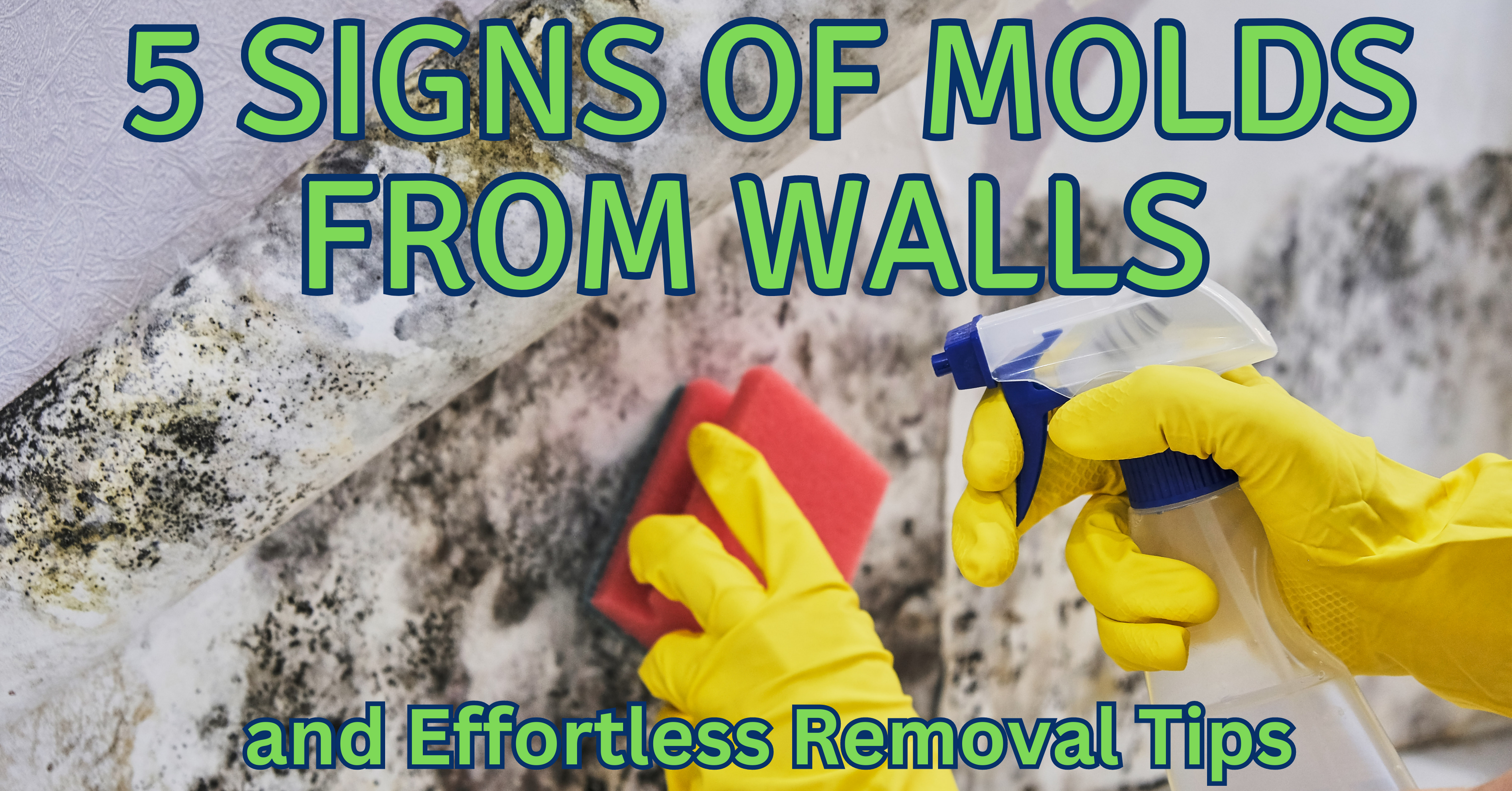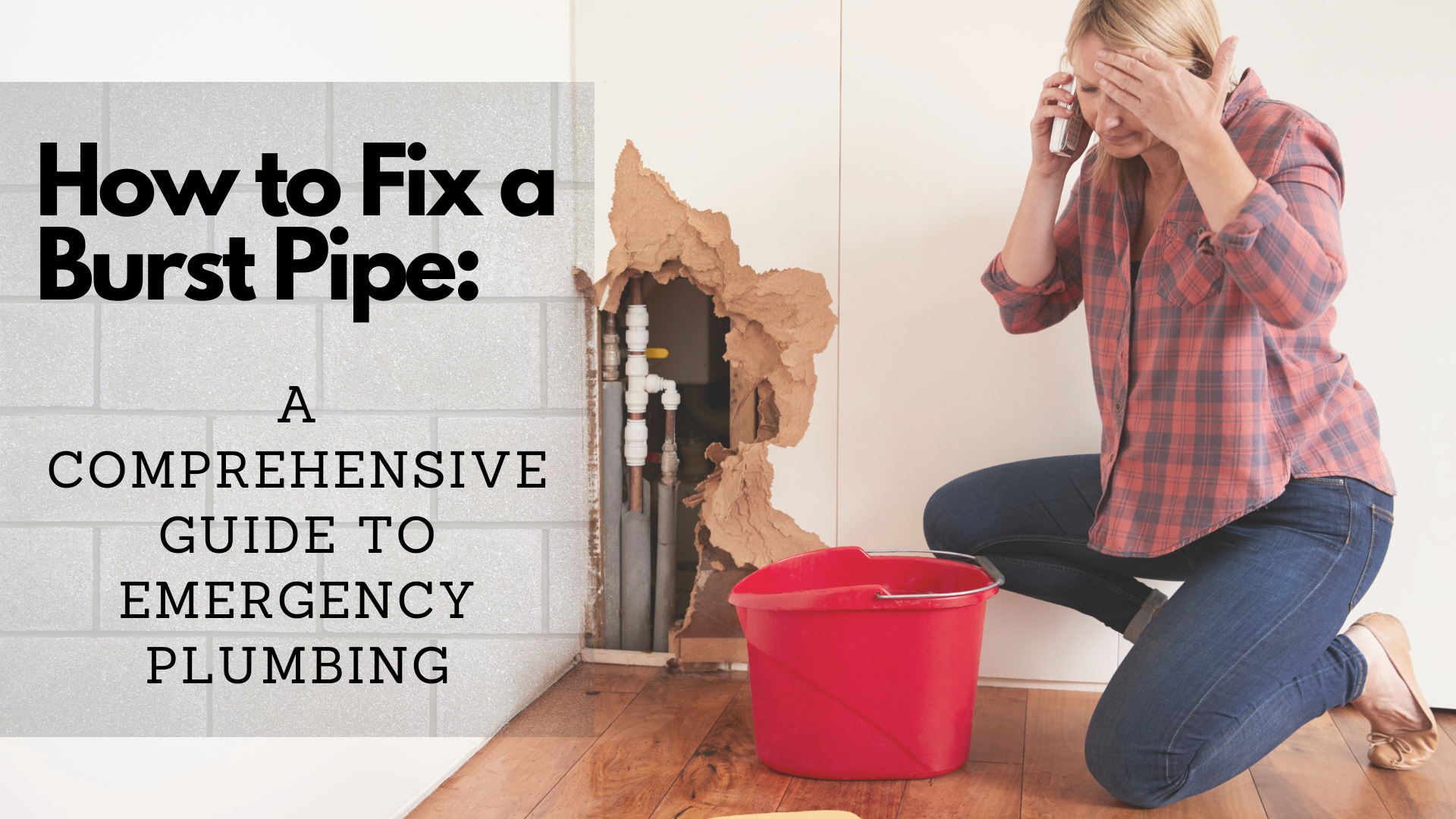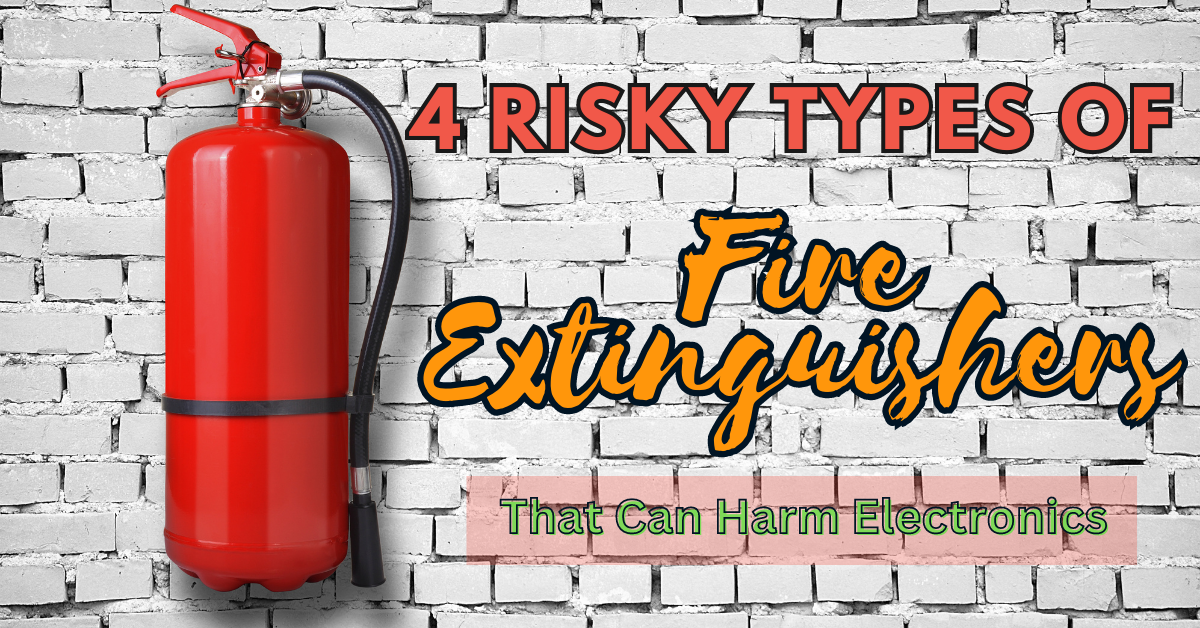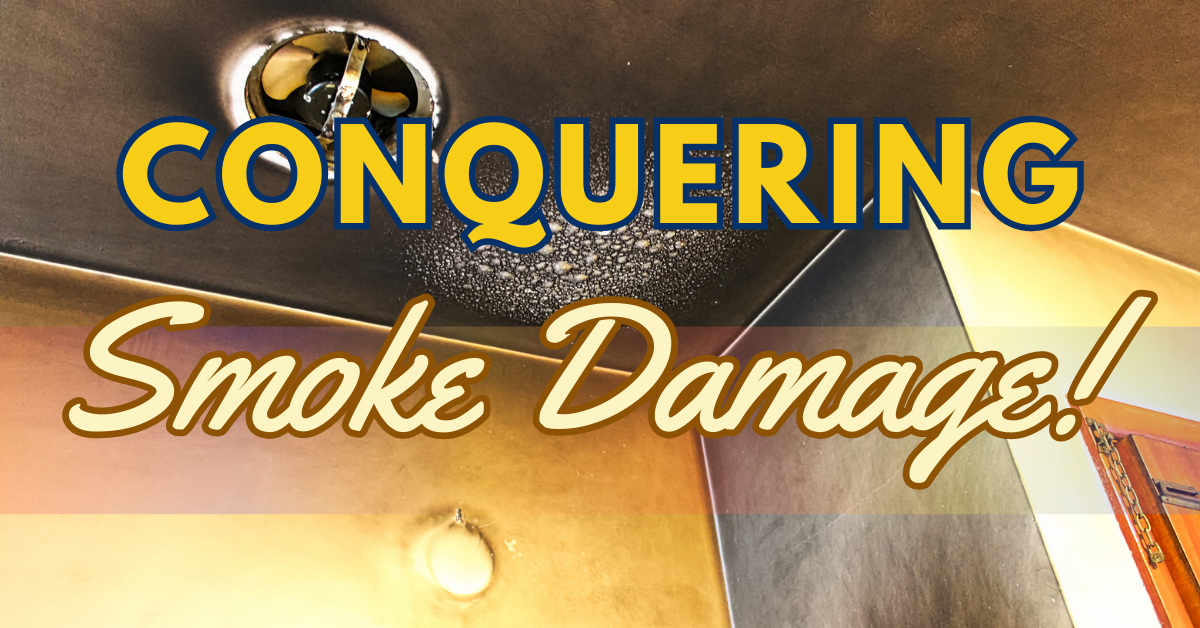 Removing molds on walls is crucial, not only because it is unsightly but also because it poses serious health risks such as respiratory problems. Moreover, if left unchecked, molds can spread and weaken the structural integrity of your home while damaging building materials.
Removing molds on walls is crucial, not only because it is unsightly but also because it poses serious health risks such as respiratory problems. Moreover, if left unchecked, molds can spread and weaken the structural integrity of your home while damaging building materials.
To protect your home and your family safe against mold, take immediate and efficient actions on removing molds from walls the moment your first see signs of them growing on your walls.
Signs of Molds on Walls
Every home can be susceptible to mold growth. It grows in areas with high levels of humidity, such as a bathroom, kitchen, and laundry room. Unfortunately, our homes, at some point, have this condition for mold to start thriving and spreading. Molds from walls are one of the places where these mostly spread.
Detecting mold on walls can be difficult. It often remains hidden, causing significant damage to your home’s structure before you even notice it.
When inspecting your wall, you may first notice patches in various colors like green, orange, white, grey, or black. However, there are other signs to be aware of, such as:
- Cracked or peeling paint,
- Discoloration,
- Bulging,
- Damp or musty smell
- And, allergic reactions with no known cause.
How To Remove Molds From Walls that are Coated
Removing molds on coated walls can be done with some cleaning agents. Just make sure to act fast to prevent it from spreading to other areas of the walls. Here are some tips on how to remove molds on walls that are coated:
Step 1: Prepare the Area
Mold spores can move in the air and spread to various areas in your home.
To begin removing mold from painted walls, follow these steps: close the room’s door or use plastic sheets to create a barrier. Remove any decorations such as curtains, electronics, and furniture from the affected area. Also, cover the floor with plastic sheets and secure them with tape to protect against potential chemical spills or drips.
Step 2: Apply Mold Removal Solutions
Next thing to do when removing molds from walls is to spray the mold removal solution on the moldy area and scrub it with a clean cloth or a sponge with an abrasive side.
Step 3: Reapply The Solution
Apply the removal solution to the molds from the walls once again but do it lightly this time. Apply only enough amount of solution to dampen the area, but do not drench it to avoid adding moisture which can cause an additional mold problem.
Step 4: Dry Out The Area
Leaving the area wet can be a breeding ground for mold, so you have to dry out the area thoroughly. Place a fan and point it to the wall.
Following these steps could help you easily remove molds from walls that are coated.
How To Remove Mold From Unpainted Drywall
Removing mold from unpainted drywall is a bit challenging. These surfaces are porous and have no protective barrier. It means that mold has already penetrated the structural materials of the drywall.
Here are some steps in trying to remove molds from walls that are unpainted:
1. During the cleanup process, mold can break free and find its way to the surrounding areas. Protect floors and other nearby surfaces by covering them with plastic sheeting.
2. Mark the affected area but be sure to draw a larger area than the stain itself. Removing larger than the affected area gives you chances of getting rid of unseen mold spores.
3. Cut it out using a utility knife and throw it in a plastic bag.
4. Clean the room using a HEPA (high-Efficiency Particulate Air) vacuum cleaner to remove any remaining mold spores.
5. Before installing new drywall, consider painting the interior wall cavity with mold-resistant paint.
6. Fit the new piece of drywall into the hole and attach it to the wooden beams using screws and joint compound.
7. Vacuum the area once again using a HEPA to completely remove molds in the room.
How To Prevent Mold From Growing on Your Walls
Here are some ways how to stop the growth of molds from walls.
- Keep the humidity levels in your home as low as you can.
- Ventilate your home properly. Exhaust fans in your kitchen or bathroom should be ventilated outside of your home.
- Check roofs to see signs of damage like loose or missing shingles. Do it after a severe storm.
- Use air conditioners or humidifiers during humid months.
- Clean bathrooms, laundry rooms, and kitchen regularly to see signs of damage.
- If caulk or grout in the tub and shower, replace them immediately.
- Use fans in the basement for proper air circulation.
Professional Mold Remediation Services
When it comes to mold problems, it is important to act fast. It just takes 24 to 48 hours for mold to begin thriving and causing great damage to your home.
In case the mold has affected a larger area of your home, and removing molds from walls is a bit challenging, trust Water Damage Riverside. We have a team of professionals that can quickly and efficiently remove molds from walls and other surfaces. Rest assured that we will completely remove mold and make your living space a healthy place to live again. Contact our local office today, Water Damage Riverside to know more about our mold remediation services.




